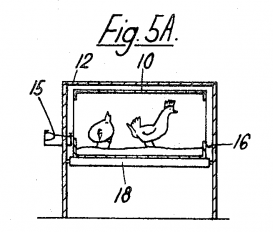Animal welfare was originally devised as a scientific tool, in order to provide rational, all-convincing arguments to animal advocacy. It is therefore fundamentally made of a tension between objective and normative approaches.
This concept’s history has three major moments: first, animal welfare (as opposed to e.g. animal protection against cruelty) was first used in the interwar in England. But the concept of welfare had previously been in use in human-oriented social and life sciences: why then did this concept seem relevant to the treatment of animals, and to what extent did it provide validity to a new research program, i.e. to a new range of disciplines, and a new social group (animal welfare scientists)?
Animal welfare gained visibility in the public sphere in England in the 1960s, when scandals about factory farming began breaking. Studying the egg market and battery-cage systems, I wish to unearth the links between scientific practice, social demand, and market organization.
Last but not least, in the 1970s and 80s the first European directive on animal welfare was set up: this means that political and scientific practices changed scale. Using archives of the European Union, I study how animal welfare was ultimately defined by the political and economic agenda of European market harmonization, how this forced animal sciences to adopt new validation standards, and how this in turn blurred the limits between knowledge and ignorance production.

